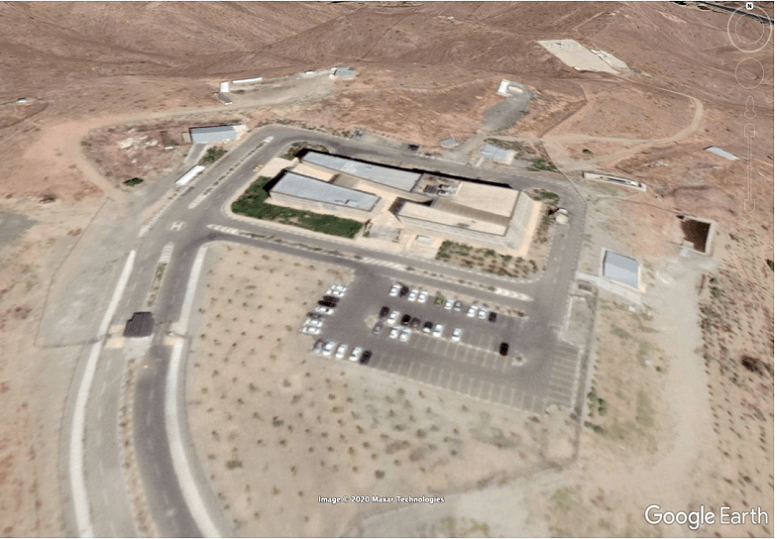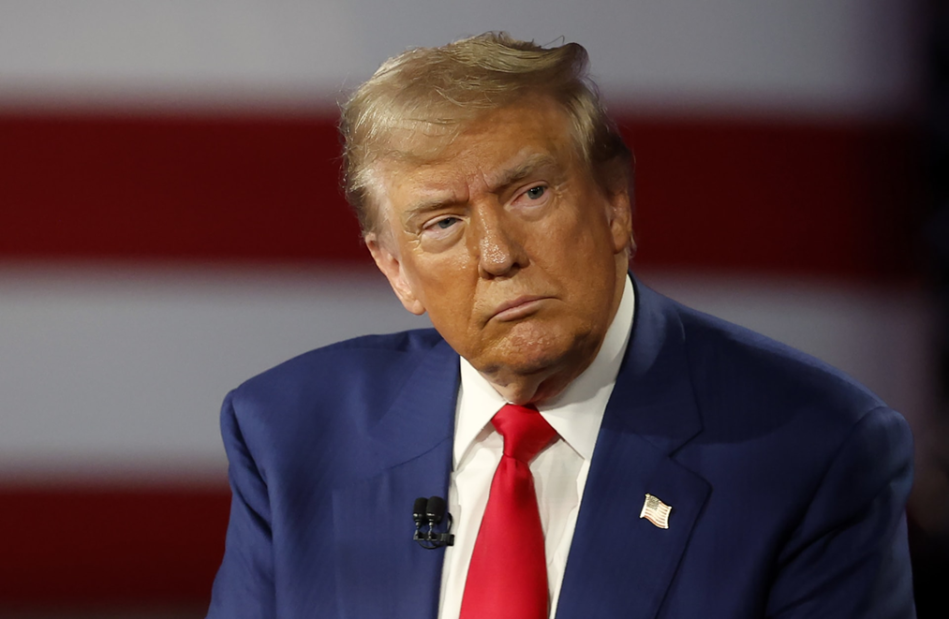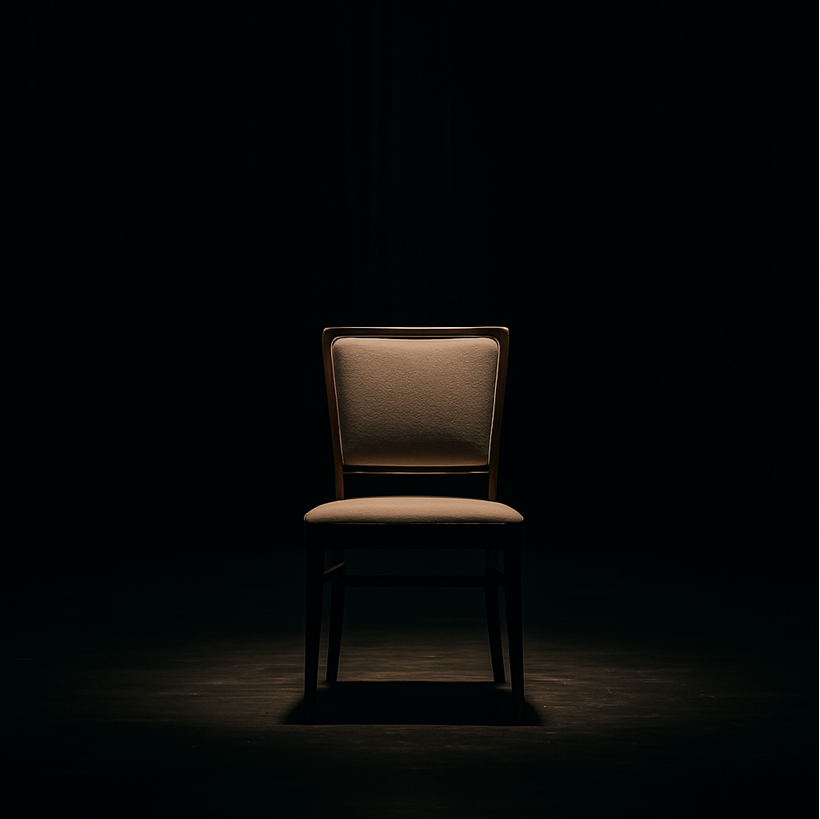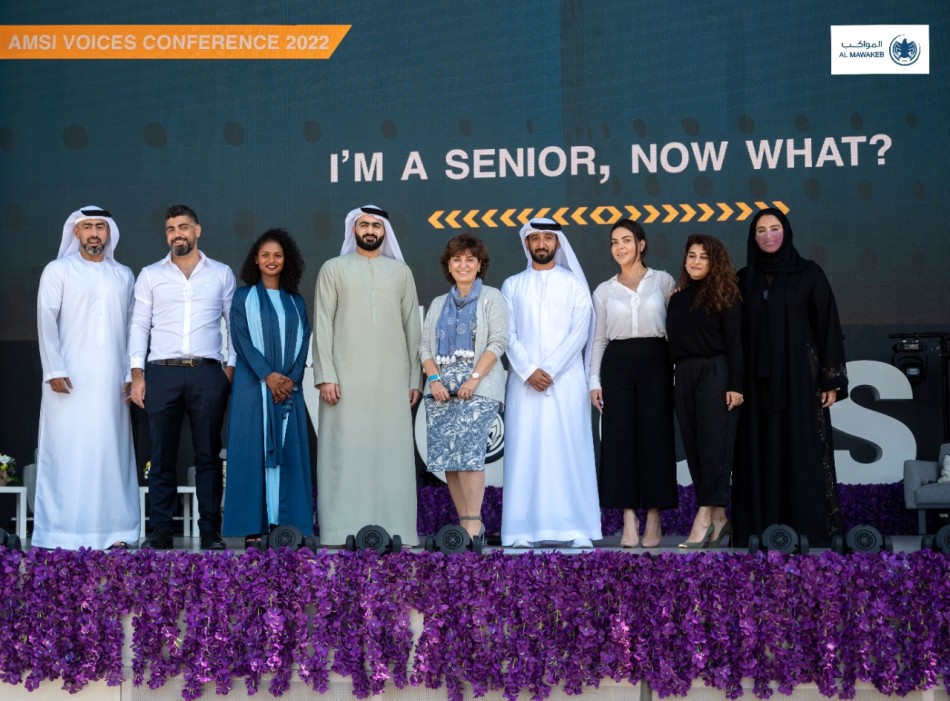Unveiled new facilities in Iran for making nuclear bombs
Samsami sauna
Sona Samsami, Head of the Representative Office of the National Council of Resistance of Iran in the United States, said at the beginning of the conference, we present to you two new topics on the nuclear activities of the Iranian regime. First, information about a new site of nuclear activities. This site is located in “Sarkhat Hesar” located in eastern Tehran. Today, you will see more details about this site. This new site clearly shows that the "modern defense research organization" (SPND), which is pursuing a project to manufacture nuclear weapons for the regime at the Ministry of Defense, continues its activities. Second, we will talk about the efforts of the Iranian regime to erase the effects of its nuclear activities. As you know, the IAEA sought to visit two sites, and the regime finally agreed to that when it thought it had removed all the evidence. We will compare satellite images of one of these two sites between July 2019 and July 2020, which will show that the site was completely destroyed. Samsami emphasized that the Iranian regime's nuclear program from the beginning was to possess nuclear weapons and not nuclear energy. The appeasement policy pursued by Western countries, even after we uncovered the "Natanz" and "Arak" websites in August 2002, allowed the regime to accelerate its efforts to acquire nuclear weapons, even during its negotiations with Europe. And Hassan Rouhani, the current president, who was the chief nuclear negotiator at the time, has admitted that he deceived Europeans in a book he wrote a few years later. She added: After ignoring the five plus one countries, the Joint Comprehensive Plan of Action (Bergam) was a possible military dimension to the regime's possession of nuclear weapons, as there was no doubt. For this reason, the regime has never destroyed its structures in this area, but at best it has temporarily avoided public activities. Samsami added, that our disclosure today proves once again the fact that the Joint Comprehensive Plan of Action (Bergam) did not prevent the activities of the mullahs to acquire nuclear weapons and that the regime was not even committed to its obligations stipulated in the JCPOA. These activities have been since the signing of the Joint Comprehensive Plan of Action in 2015 and even before the United States withdrew from the Iran nuclear deal. She noted: On July 14, 2015, when the Joint Comprehensive Plan of Action was completed, Mrs. Maryam Rajavi, President-elect of the National Council of Resistance of Iran, affirmed that this agreement and the suspension of the six sanctions resolutions issued by the United Nations Security Council could not prevent the regime from reaching the bomb. . And she stressed that if the international community had acted decisively, the regime would have reached a point where it had no choice but to put an end to all of its nuclear program. And she asserted: The truth is that obtaining nuclear weapons is an integral part of the mullahs' survival strategy. In particular, with the growth of popular protests in Iran, which was evident during the national uprising in November 2019, and with the changing balance of power in the region at the expense of the mullahs, the mullahs need to obtain the bomb more than ever. Therefore, we must look at the regime's nuclear activities in this context. It would be naive to think that making concessions or condoning the regime's violations would change its behavior. This did not and will never happen. Samsami concluded by saying: There is no doubt that imposing sanctions according to the six Security Council resolutions is a necessary and inevitable step in preventing the regime from acquiring a nuclear bomb. Of course, the final solution is to bring down this regime at the hands of the Iranian people and the Iranian resistance.






